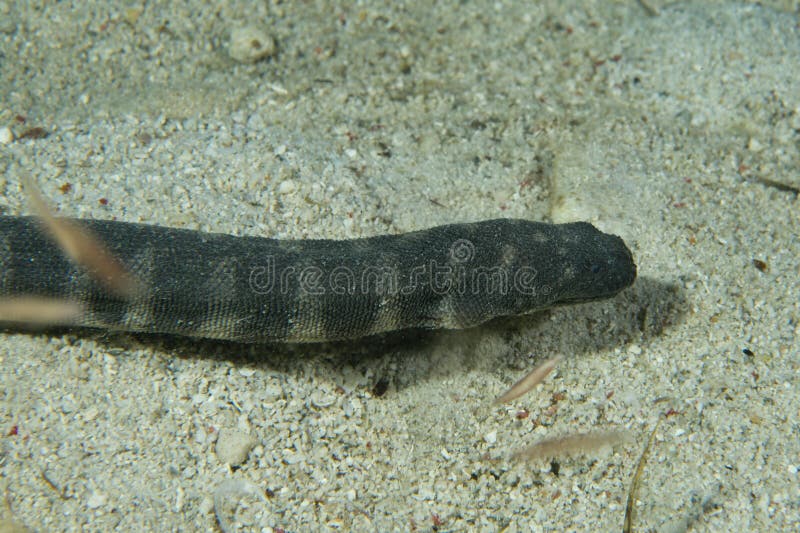

#Islabd off south america lots of snakes zip#
James Bond, eat your heart out! Bizarre shark-inspired watercraft can zip up to six passengers both along.Britain successfully breeds Europe's FIRST baby 'dancing lemur': Experts hail 'landmark moment for.
#Islabd off south america lots of snakes windows#
Rumour has it they ran in terror when snakes crawled in through their windows their bodies were later found scattered across the island.

When his boat was eventually discovered, he was found dead in a pool of blood covered in snake bites.Īnother story is of the last lighthouse keeper to inhabit the island with his family. One story tells of a fisherman who lost power in the engines of his boat.Īfter drifting to the island he ventured inland, unaware of the terrors that lay in wait. In humans, the bite from a golden lancehead viper carried a seven per cent chance of death.Īnd before the island was deemed off-limits there were several stories of people succumbing to the deadly predators. It is five times more potent than other snakes and can even melt human flesh. The problem was, though, that most venoms take a while to act - sometimes as much as a few days.īy the time the snake’s venom killed the birds they would have moved elsewhere, s o instead the snakes evolved an incredibly strong venom that can kill prey almost instantly.

Ilha de Queimada Grande, understandably nicknamed 'Snake Island', is a piece of land 4.6 million square feet (430,000 square metres) in size found 20 miles (32 kilometres) off the coast of Sao Paolo, Brazil That’s probably a good thing, though, as the reptile is regarded as the world's most venomous viper. It’s the only place on Earth where Bothrops insularis, also known as the golden lancehead viper, is known to inhabit. Its diet consists mostly of birds, although it has been reported to eat lizards and even cannibalise on other snakes. Its venom can eat flesh and tissue, making prey easier to swallow, while a neurotoxin kills the prey. This particular snake has a mortality rate of 7 per cent without treatment, and up to 3 percent still even with treatment. Lancehead snakes in general are responsible for the most human deaths in North and South America. The ‘lanchehead’ in its name refers to its pointed head, distinctive of snakes in the genus Bothrops. It grows to an average length of 28 inches (70 centimetres) but can reach a maximum of 46 inches (118 centimetres). The species has a light yellowish brown colour on its underside. It is listed as Critically Endangered by the IUCN. Ilha de Queimada Granda is the only place in the world where Bothrops insularis, also known as the golden lancehead viper, can be found.


 0 kommentar(er)
0 kommentar(er)
